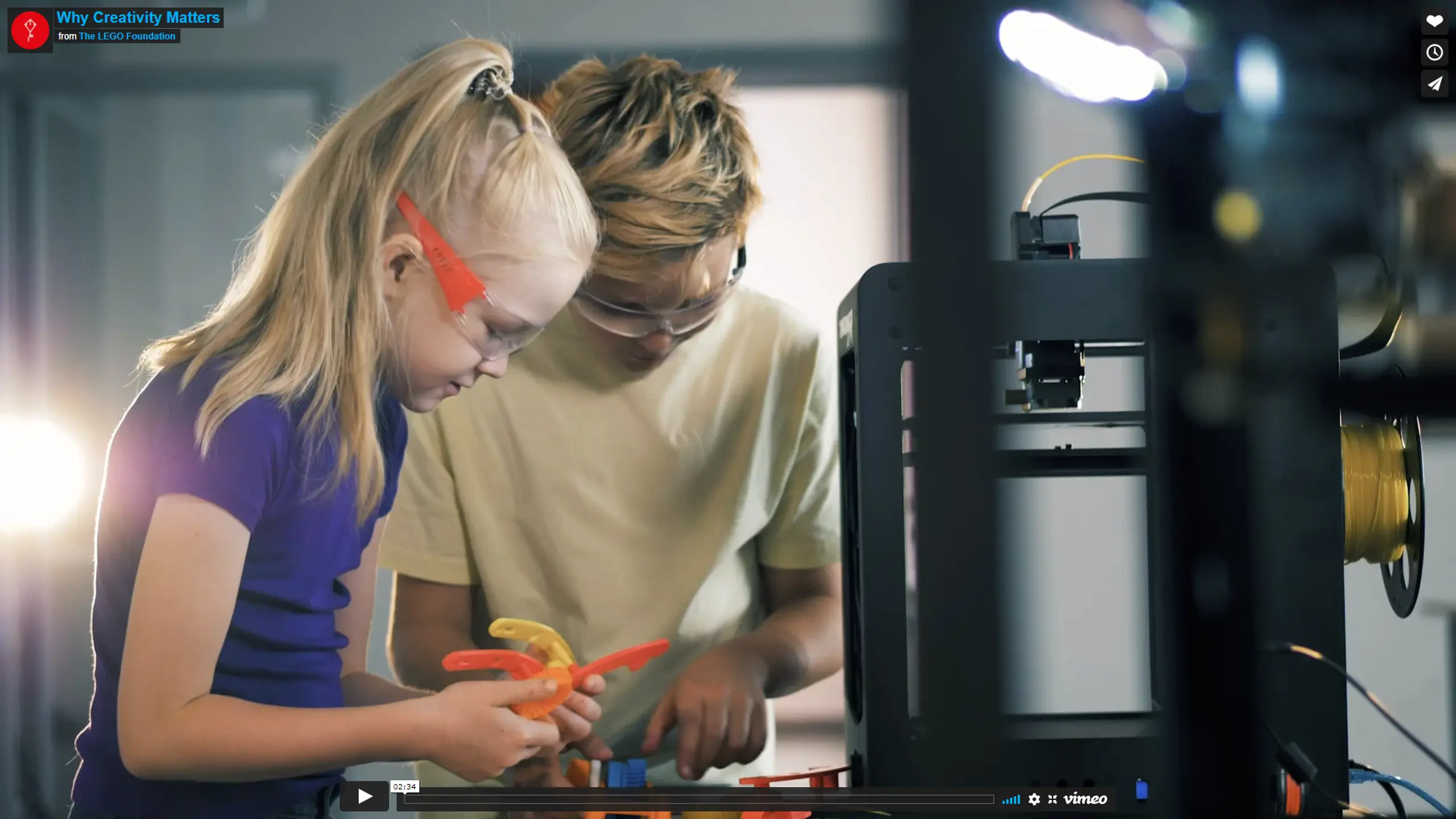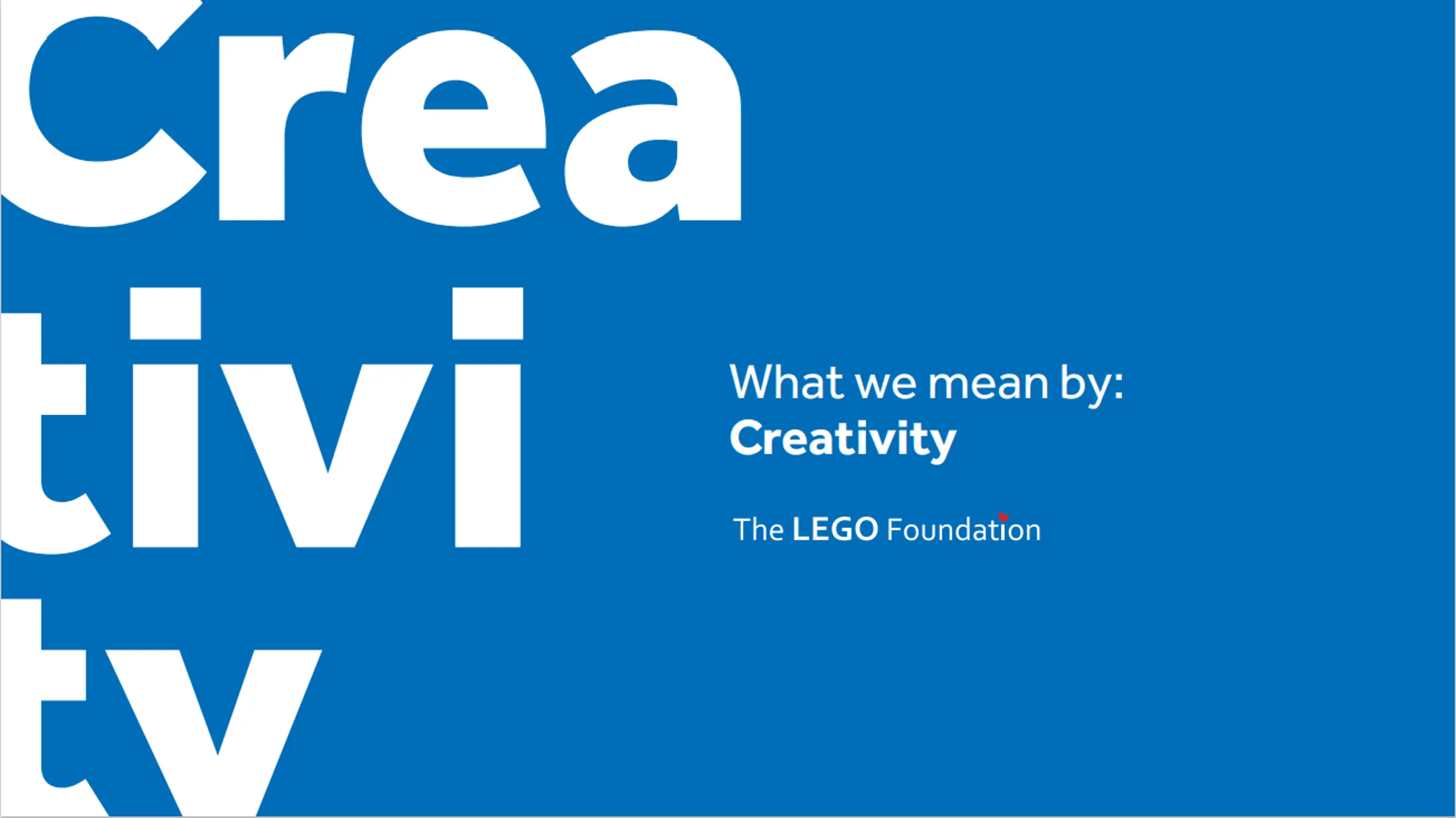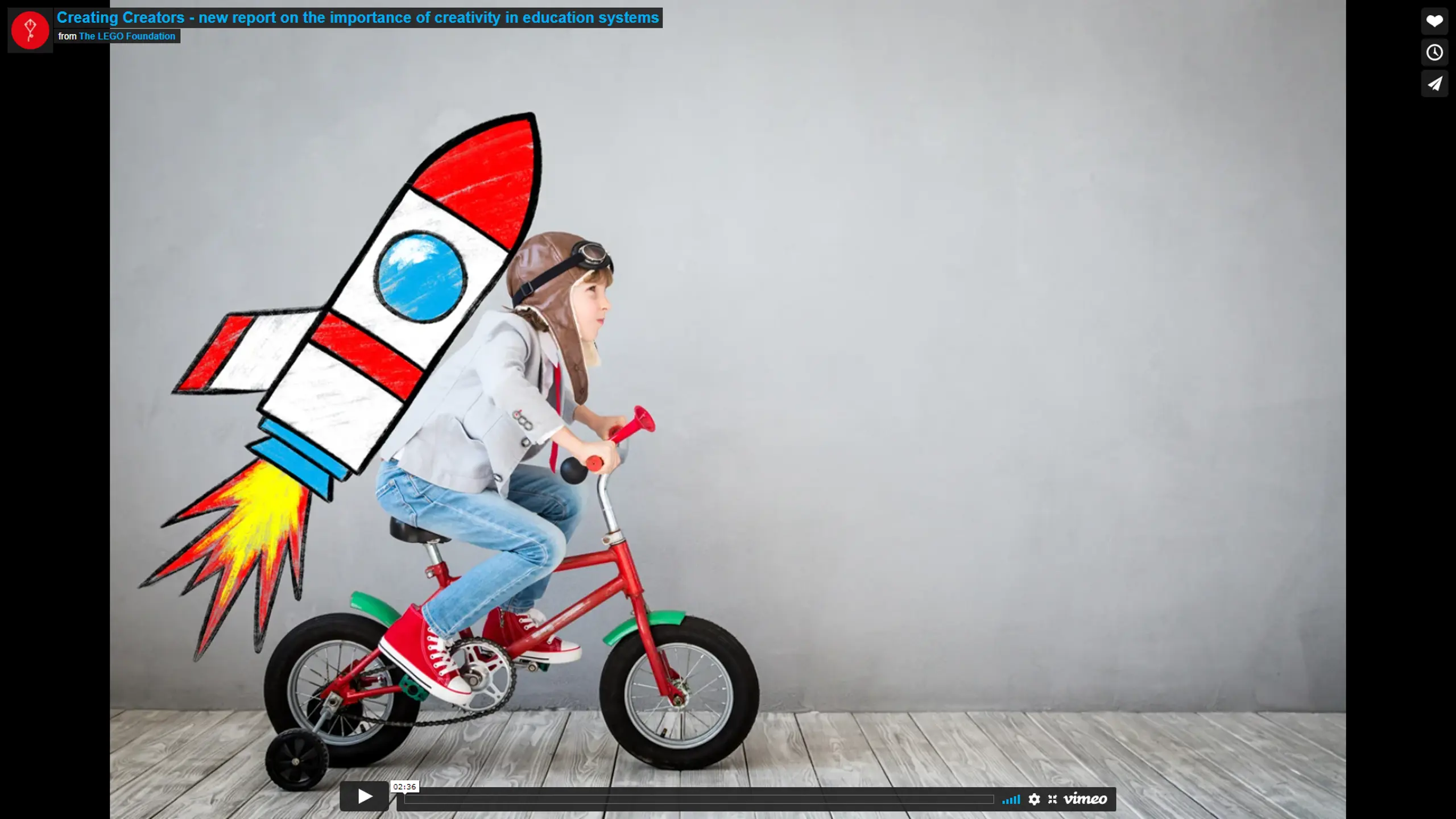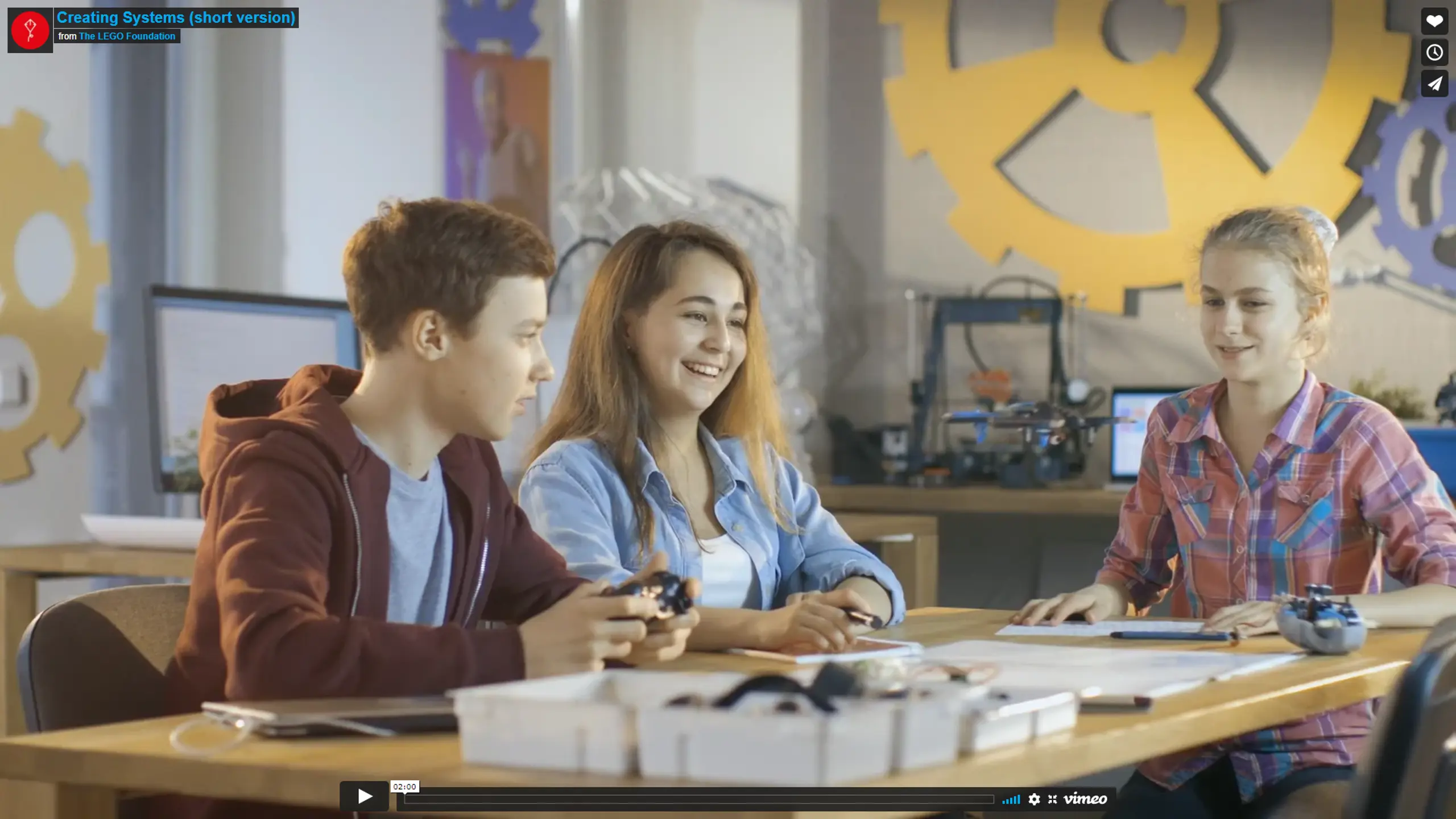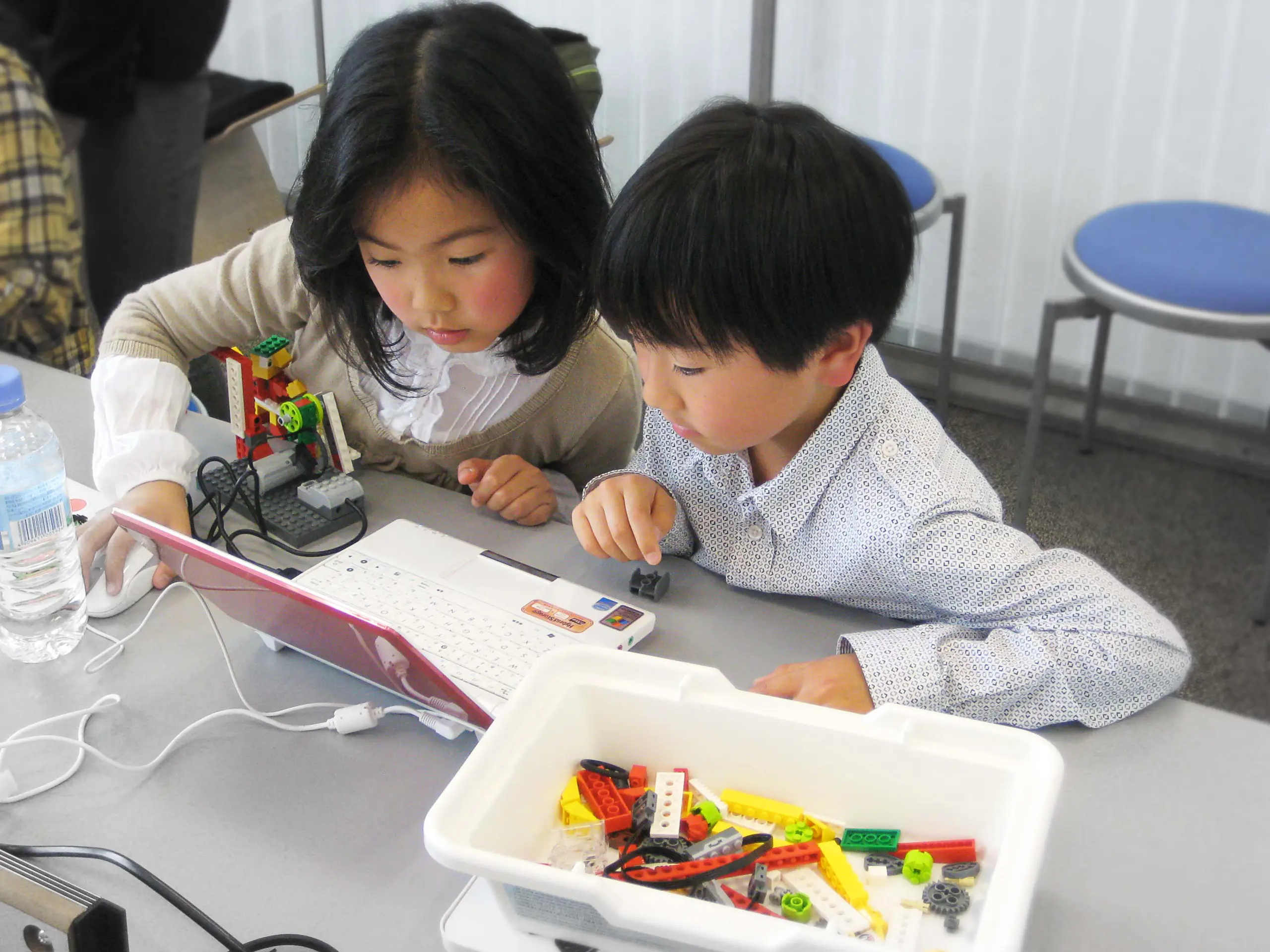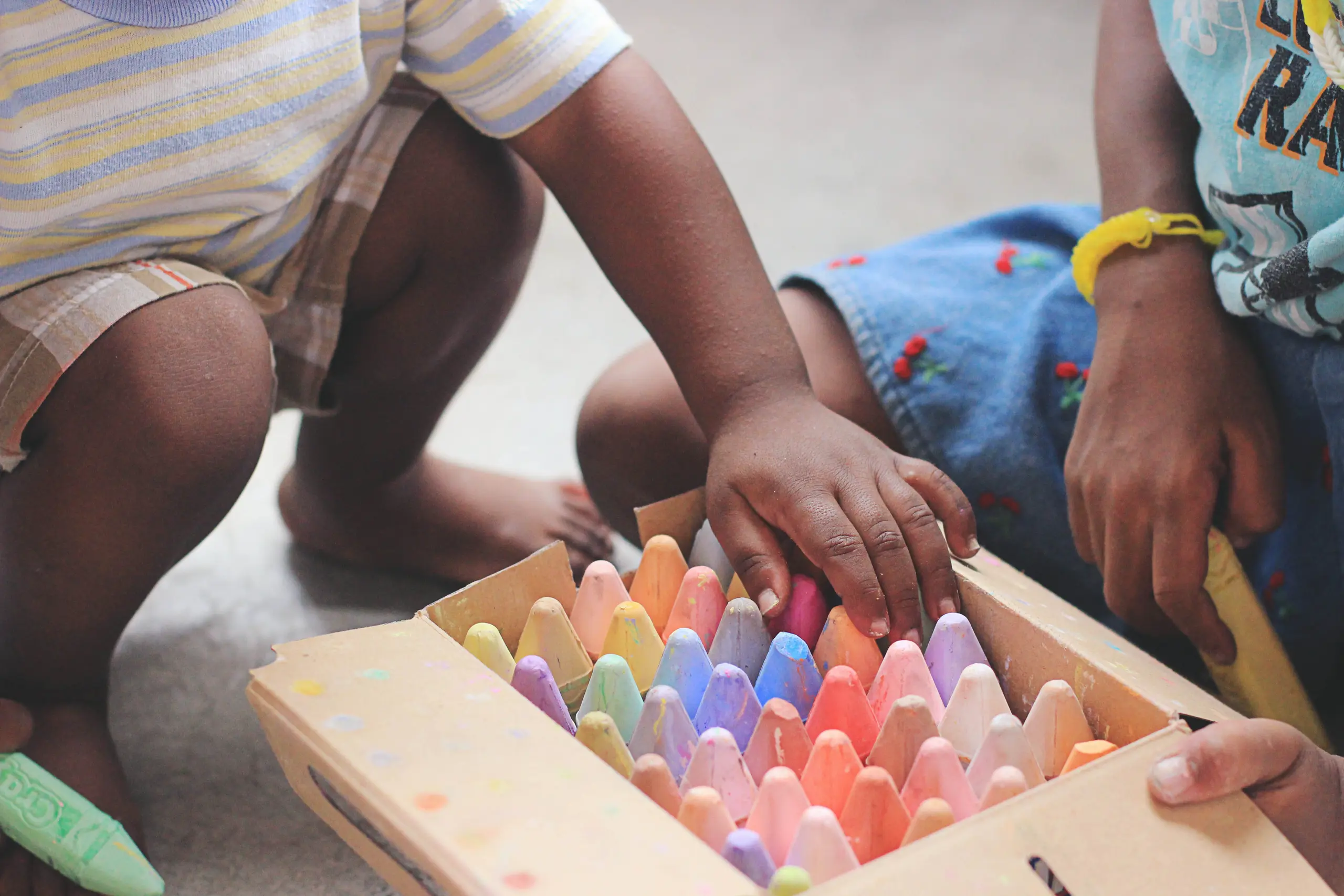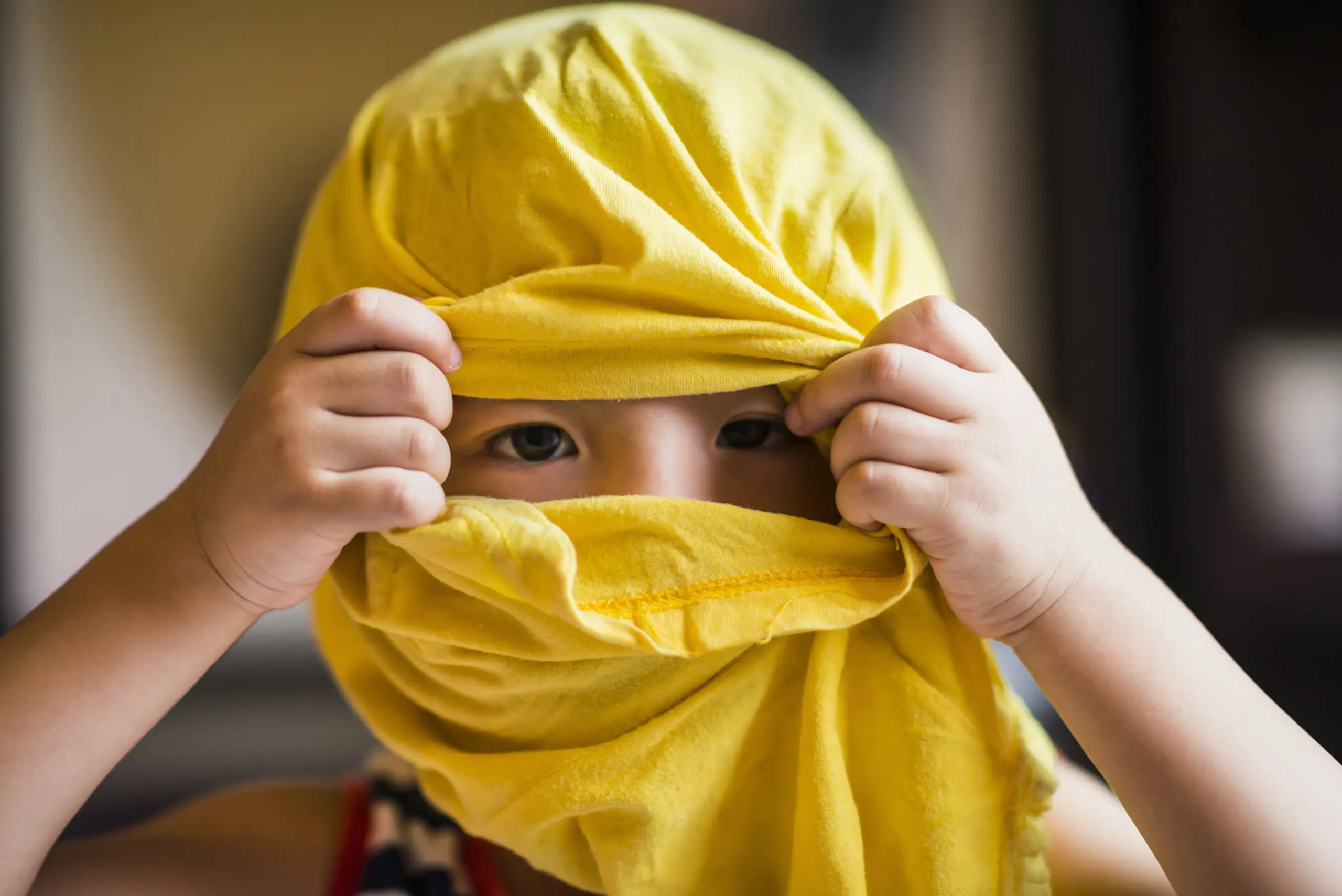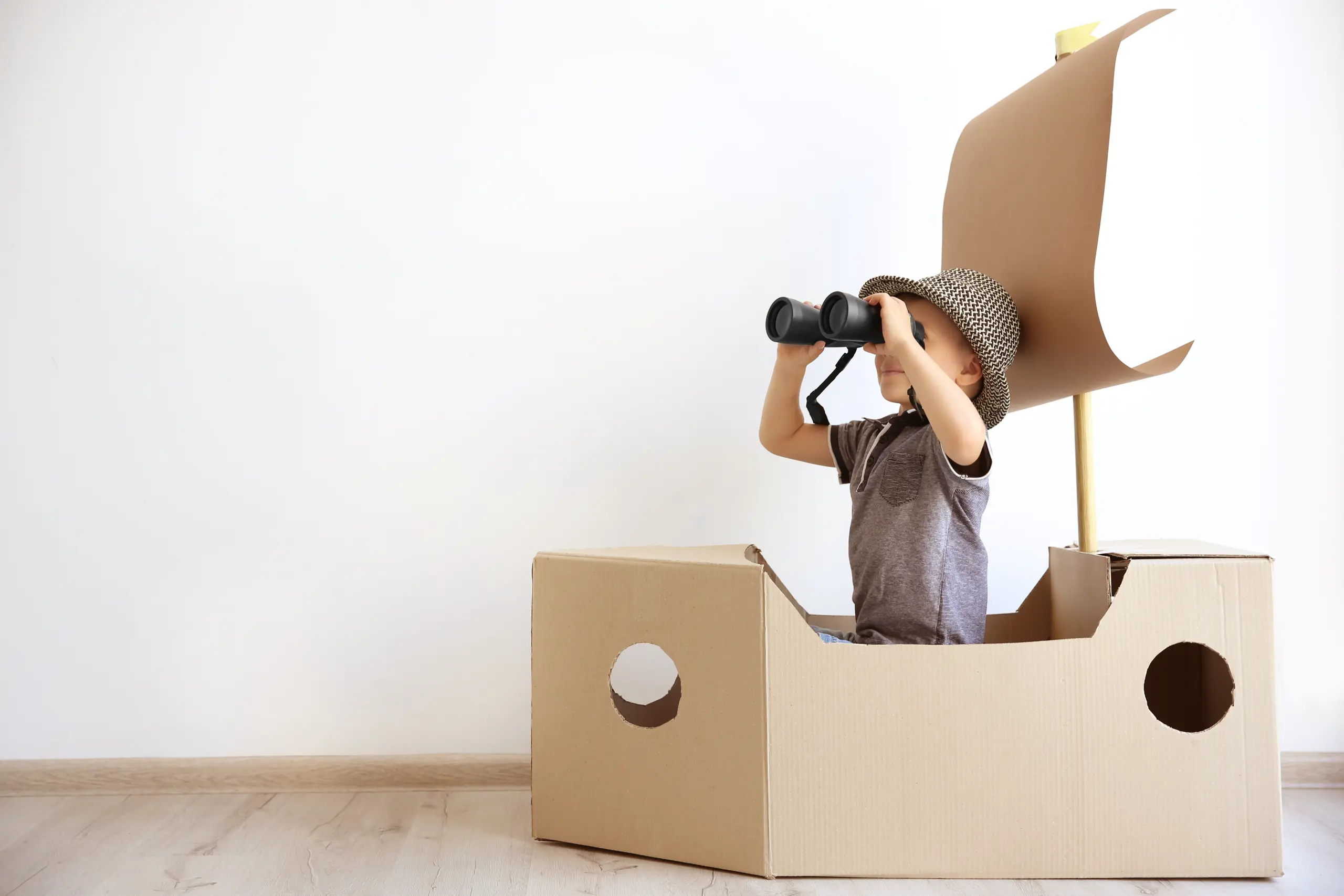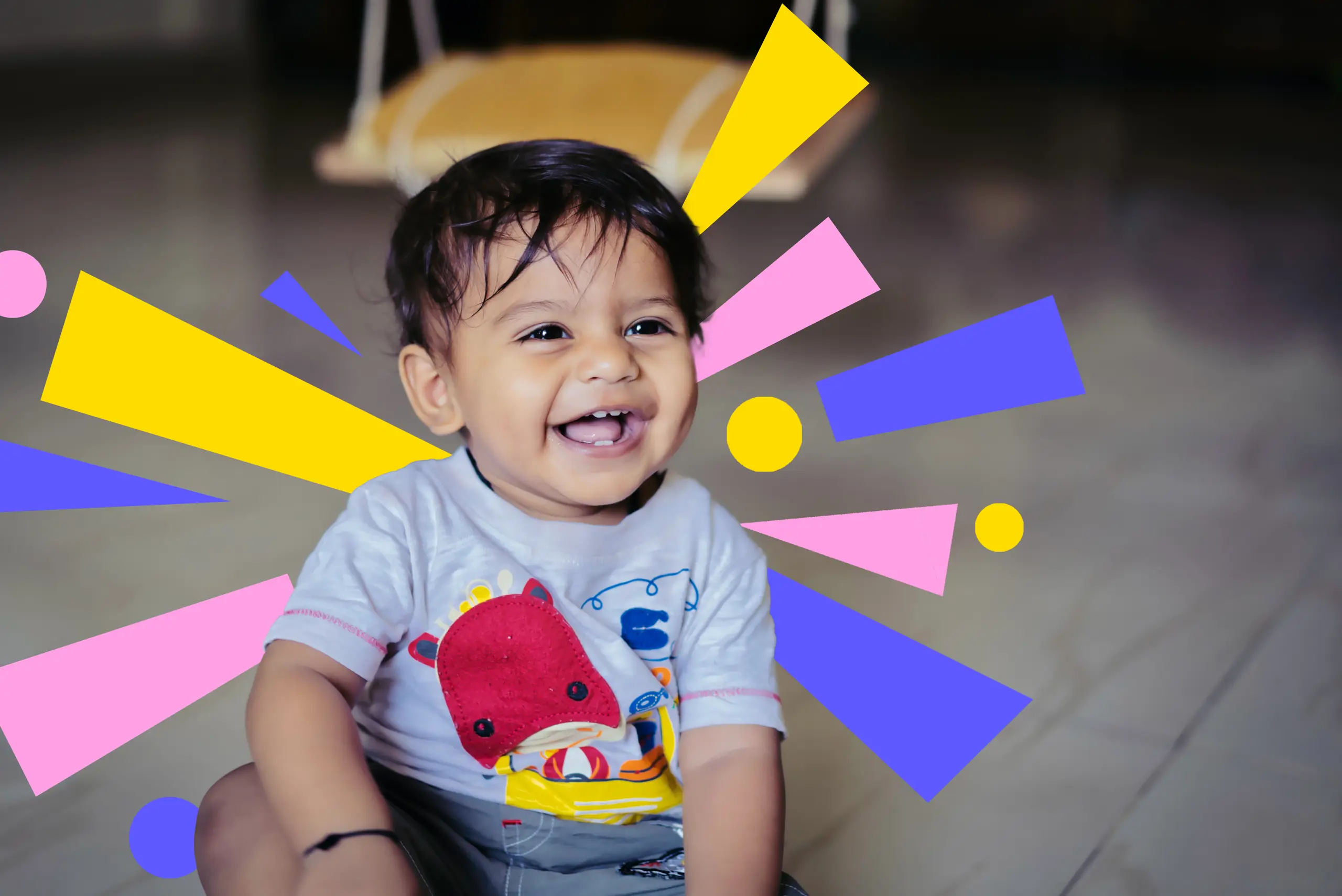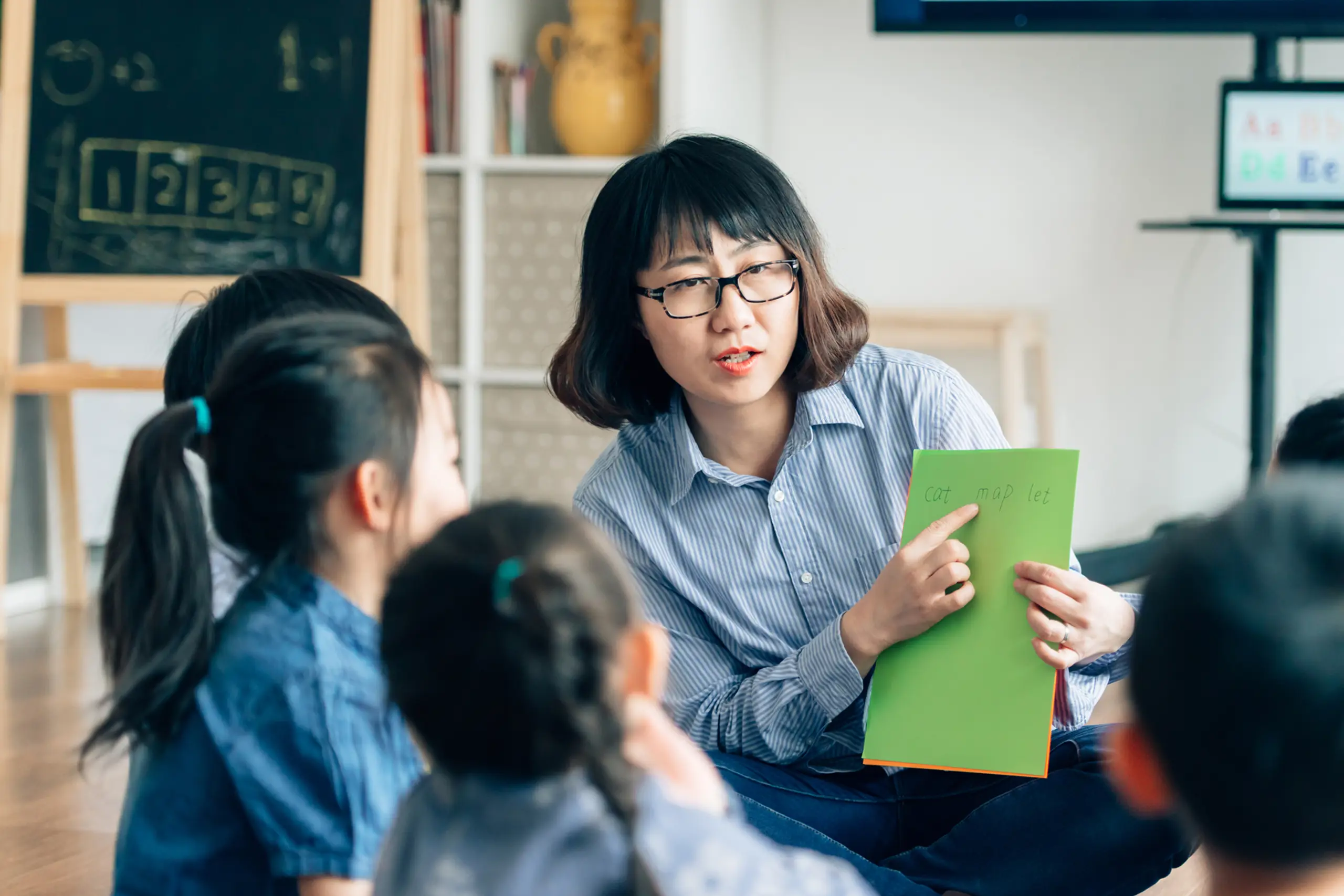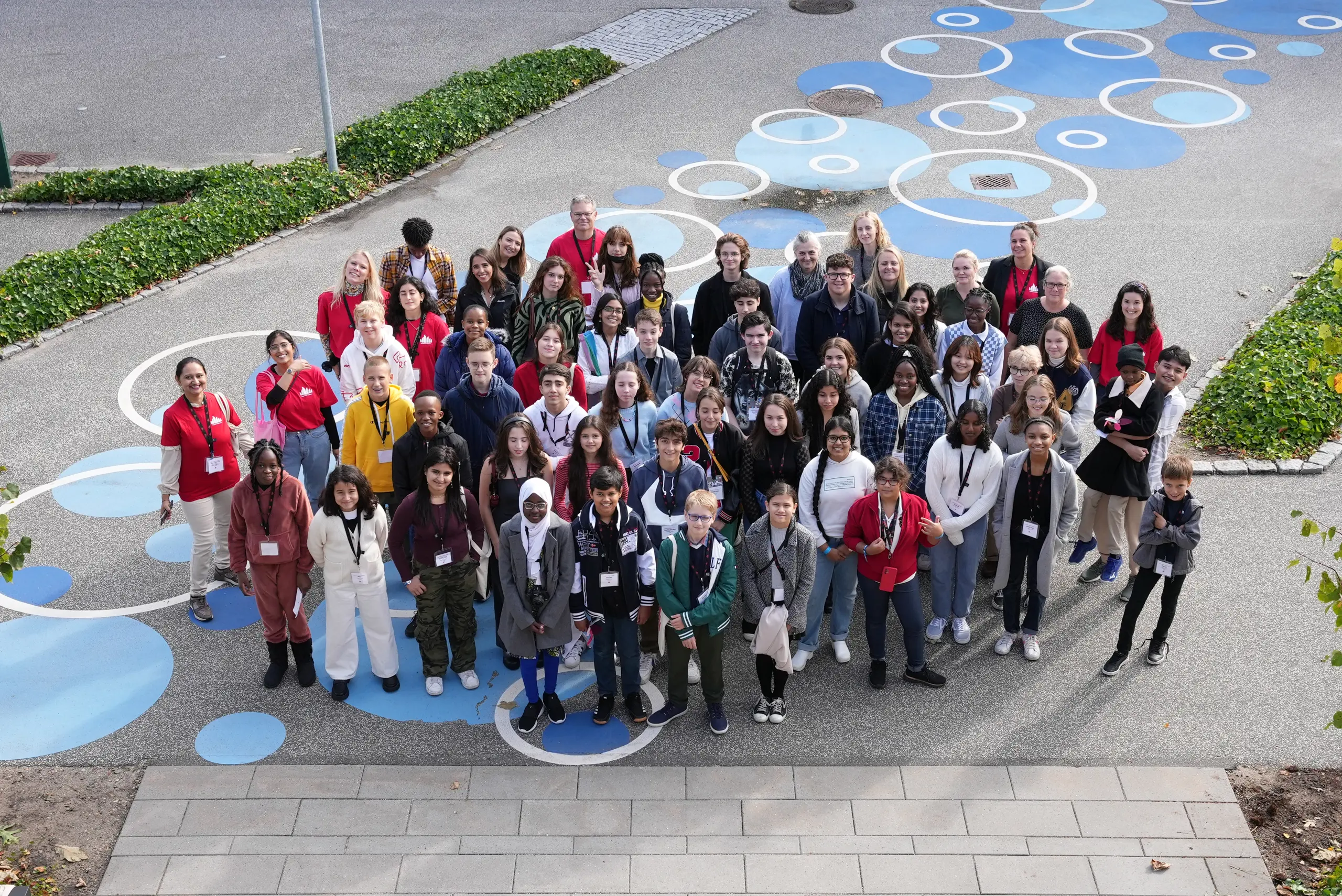Creativity is instinctive in children 每 and just as essential in adults. Here*s an introduction to what we know so far about why and how we should make space for children to hone creative skills.
?
Whenever we try out any idea, we*re being creative
It*s easy to see the creativity in building a stick fort in the woods, painting a picture, or even negotiating the rules of a game. But everyday moments build creative skills too. A child helping their parents adapt dinner when they*re out of a key ingredient is coming up with solutions, and seeing what happens when their ideas meet the real world. That*s the essence of creativity.
?
Creative skills last a lifetime 每 and that*s just as well
Connecting information from different sources, taking on board new ideas, testing them through trial and error: adults use these skills everyday, and they*re all creative.
So it*s no wonder business leaders now rank creativity as the most-wanted skill in the working world. Millions of children will grow up to do jobs that don*t exist yet, so creativity will help them adapt and thrive in any future. Big picture thinkers with finely honed problem-solving skills could even tackle our most pressing issues, from climate change to building a fairer world.
?
When we make learning more playful, we support children*s creativity
To nurture a generation that*s ready to take on any challenge, we need to give children the right environments to work out their creative muscles. That starts with taking a look at what makes play such a powerful tool for learning 每 and making sure children get the opportunity to use it.
